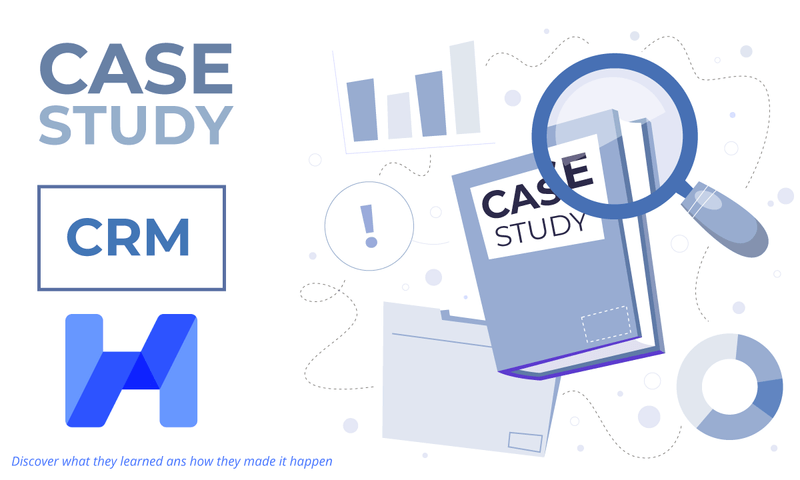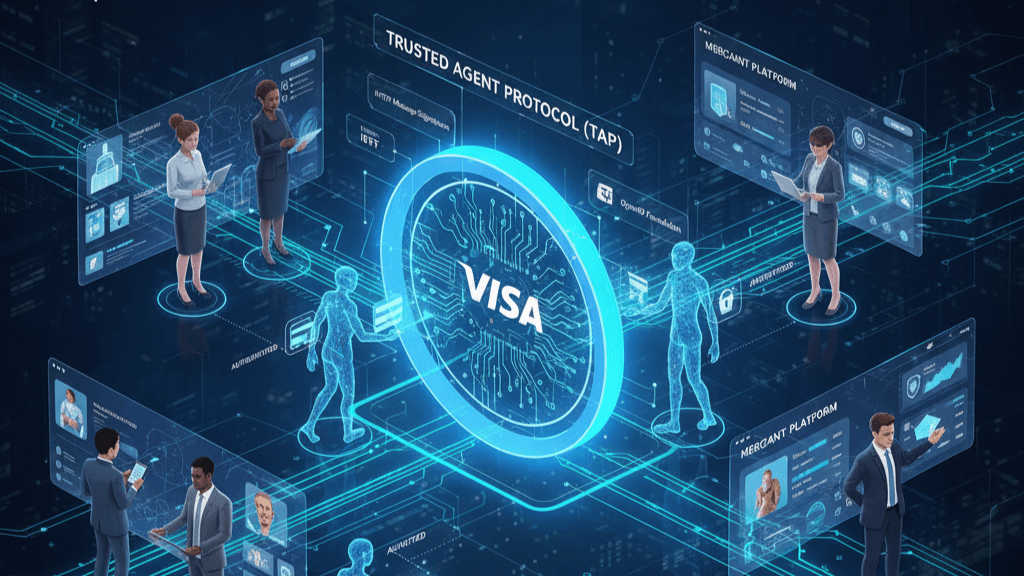At a time of increasingly complex customer engagement, nothing is more important than building personas to support Retailer Marketing Strategies
Customers personas are archetypical Customers whose habits and characteristics represent the behaviors of a larger group of Customers. Usually, a persona is defined by both Shopping Patterns and Demographics.
With a proper persona strategy in place, the Marketing Team will be better prepared to engage customers in the appropriate channel with the appropriate commercial offering and message.
Building and using personas is pivotal in the deployment of the Personalization process (and must be carefully crafted to be fully compliant with each local Data Privacy Protection’s regulations)
As this case study demonstrates, each additional effort delivers measurable impacts.
Challenge
Our Client’s Marketing Team was aware of the importance of Personas and how its usage would support both sales and loyalty growth objectives. The challenges the team was facing were how to define these customer persona’s and translate them into data sets so each corresponding customers list (or segment) could be built. To do this, the Marketing Team had to go beyond the standard customer segmentations they were already using in their B2B and B2C sales channels.
Considering the importance of understanding those 2 components of CRM, it became a priority to redefine them and review the process to create activable customer personas.
Action
With the Client’s Marketing and CRM Team firstly, we review the difference between Customers segments and Customer persona.
Customer segment is a group of Customer based on common characteristics such as their spending or purchasing behaviors.
For example, “Our main Customers are women aged 35-50”. It can be seen that this information is targeting a group but in fact if we imagine a “35-year-old woman living in a condominium in a megalopolis” and a “50-year-old woman living on the countryside” the digital marketing approach to reach these two shouldn’t be the same and it’s where Customer persona takes all its necessity.
Personas are fictional representations of segments of buyers based on real data reflecting their behaviors when they shop Essentially, they help understand the customer base in a way that is meaningful and will drive personalization relevance.
Building on this clarification, the Team decided to review how they create their Customer Persona and what type of engagement they could then implement.
They did this in 4 steps.
Step 1: Setting up the Persona
The started by creating 4 personas (1)
- “Health Focused” they identified Customers for whom the share of wallet for Fresh Products in their basket was above 20% with the highest purchase frequency in these categories, they even go further by creating a persona “Vegetarian” and identified Customers who bought only vegetables and Soya based products”.
- “Wise Savers” they identified Customers for whom the share of wallet of promotion above 40% in their top 15 categories
- “Saving Students”, they considered customers below 22 years old as students.
- “Good Parents”, they identified their Top Customers having Baby Diapers and Baby Food in their basket with the highest frequency of purchase in these categories.
Step 2: Persona Segmentation
After identifying customers as per the persona’s criteria, they sub-segmented those personas according to the Customers spending (basket value / Average value by item). The Team registered these sub-segments would be used later for targeted campaigns and personalised offer.
Step 3: Setting Up the Business Rules
For each Persona segment the Team used cross-merchandising function into their CRM Tool to identify Persona-Centric Engagement Drivers:
- Automation: for which new products customers should be informed, what type of incentive to be proposed for 1st purchase and at what frequency
- Deals: What recurring offer could be sent (like weekly deals, monthly grabs, etc…) with what mechanics
- Campaigns: What products focused campaigns (like a mini catalogue) could be built by persona, at what frequency and with which offer structure
While the Automation part was rather easy to implement, the Promotion Campaign still required recurring cross-merchandising reviews to ensure the commercial offer was reflecting passed purchase behaviors.
Step 4: Execution & Fine Tuning
Because Customers groups are permanently evolving, the execution phases quickly showed that a tight monitoring (and several tests) were required to fine-tune both the business rules (if we accept to have a Customer in several persona, what are the risks of overloading them with too much offers – even if personalised?) as well as the various components of the Engagement drivers, from product selection to mechanics, media and frequency.
Results
After 4 Months Customers which were part of Customers Persona segment program had:
- a 20% higher purchase rate on new products
- a visit frequency increase from 3,1 to 3,6 times per month (+16%)
- Persona related customers’ basket grew 3% more than other loyal shoppers
To maintain these gains, in addition to the Engagement Drivers performance reviews, the Team decided to review the accuracy of their Persona Customer List quarterly. The main reasons behind these decisions are:
- Ensure new customers fitting the persona are included, other slipping out of the persona to be excluded from the List
- Fine tune each person’s selection criteria
- Ensure the shop is talking to their customers the way they want to be spoken to, so they will pay attention to what they are saying (Activities, Offers, Promotion)
What does this show?
Customer personas provide tremendous value and insights to improve the Loyal Customer experience by:
- Improving Assortment
- Providing guidance to Marketing Team on their Targeted Commercial Offer
- Increase Promotions & Campaigns’ return on investment.
On our side, we were of course happy to see that our CRM Experience and our CRM solution for retailers, Ulys(*) and, was helping create the right value to our client and help strengthen their Loyal Customers experience.
About the authors
Frederic Klein is Retail Director at Hypertrade. With over 20 years of retail experience across 4 continents, Frederic helps Clients to implement our solutions, train and coach CRM’s Team.
Nitikon Manchanda (Mikey) is a Consultant at Hypertrade. With his deep knowledge in CRM, Mikey supports Clients to define the best parameters for their CRM Solution, helps CRM Team in their Customers analysis and provide them recommendations to improve Customer’s experience.
(*) Ulys Customer Intelligence SaaS Software is a proprietary Shopper Analytics that helps retailers measure, understand, and engage Shoppers.
Contact us to learn more how Ulys Customer Intelligence SaaS Software can help you improve your campaign efficiency.







